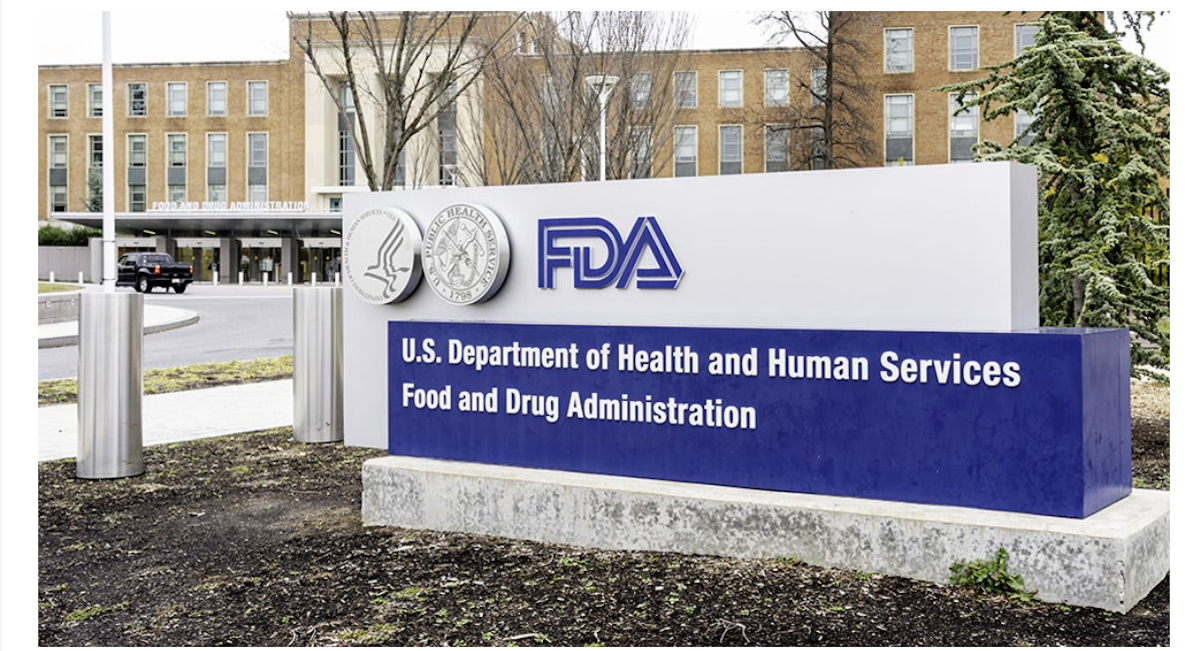— OPINION —
The U.S. Food and Drug Administration has taken a landmark action that I believe will change the way government and industry work together to keep food safe and, in so doing, will help save lives for generations to come.
On Nov. 15, 2022, we released the final Food Traceability Rule and the list of human foods for which additional recordkeeping requirements will apply under the rule.
The benefits of improved food traceability cannot be overstated. In today’s interconnected and interdependent food system, much of the food we eat travels many miles. It passes through many nodes in the food supply chain, and, more often than not, what we know about the food and its journey from origin to consumer is limited. To help ensure the safety of food and its ingredients through all the steps in its journey, we must be able to follow its movement. That is the definition of traceability and the reason it is so vital for safeguarding public health and maintaining consumer confidence in the food supply.
The Rule
The Food Traceability Rule, which was mandated by the FDA Food Safety Modernization Act (FSMA), is also a cornerstone of FDA’s New Era of Smarter Food Safety that is building on what we’ve achieved through FSMA. The rule is designed to help the agency rapidly identify the source of contaminated foods on the Food Traceability List to prevent or mitigate the impact of foodborne illness outbreaks and address potential public health hazards.
It requires those manufacturing, processing, packing, or holding foods on the Food Traceability List to maintain key data elements (KDEs) – such as lot numbers and harvest locations – for critical tracking events (CTEs) along the food continuum and to send required KDEs to the next recipient of the food. Information can then be more easily connected so that a food can be tracked from farm to retail. This standardized, data-driven approach to traceability recordkeeping helps harmonize a universal language of food traceability that will help pave the way for industry to adopt and leverage more digital, interoperable, and tech-enabled traceability systems both in the near term and the future.
That common language will in turn help speed outbreak investigations and recalls, when needed. It will enhance our ability to conduct root cause analyses that will help us better understand how and where the food was contaminated in the first place and help prevent reoccurrences. And it will help minimize overly broad advisories or recalls that implicate unaffected food products.
While some believe that traceability is a reactive tool, I believe that better traceability is a game-changer for prevention, just like whole genome sequencing (WGS) has been. While WGS helps us detect foodborne illnesses by allowing us to link cases that may have previously been thought to be unrelated, we all know it has played a critical role in informing prevention. Better traceability will do the same. Think about it. With tools such as WGS, we’re increasingly identifying the pathogens and cases linked to foodborne illnesses, kind of like finding needles in the haystack. But even with this advanced technology, we can’t always find the haystack (the food and source) itself. That’s where traceability comes in.
Why it’s so important
This regulation will help fill critical gaps in a traceability system that has been largely paper-based and lacking standardization. Previously, we took one step forward to identify where the food has gone and one step back to identify the previous source, without a harmonized approach to the data elements needed to do this effectively.
During an outbreak of foodborne illness, this inability to rapidly track and trace a food can cost lives, millions of dollars in avoidable product loss, and damage to consumer trust. It also leads to food producers being unfairly impacted by contamination events that have nothing to do with their products.
Think about the Fall of 2018, when an outbreak of E. coli O157:H7 infections led to all romaine lettuce being pulled out of stores across the country right before Thanksgiving, because we had not yet identified the source of the contamination. The damage to consumer trust is hard to measure. Food safety is first about protecting public health, but it’s also about trust. We CAN and MUST do better.
We recognize that there will be many solutions available. While FDA will remain technology agnostic, through our New Era of Smarter Food Safety we will be very focused on issues like interoperability, governance, and common terminology on data elements to further improve food traceability.
And I can think of no better example of how using a standardized, data-driven approach to recordkeeping can work than by sharing a food traceability blockchain pilot I was involved with before I joined the FDA that traced sliced, packaged mangoes back to their source.
I bought a package of mangoes at a local store and asked my team to find out which farm they came from. Working with each stakeholder in the supply chain, they identified the farm in a mere six days, 18 hours, and 26 minutes. And that was pretty good when the average traceback can take weeks or even months.
Fast forward to the pilot using blockchain technology to trace mangoes from a retail outlet in North America back to its source or origin. For this test, each stakeholder in the supply chain, including farms, packing houses, transportation companies, importers/exporters, processing facilities, distribution centers, and stores, put data on the blockchain.
The blockchain linked these blocks of data together to show the journey this mango took from farm to store. The result was a steep reduction in the time it took to trace mangoes—from 7 days to 2.2 seconds! That is what I have referred to as “food traceability @ the speed of thought.”
The global impact
One of the keys to our efforts to enhance traceability will be its ability to scale – to be widely adopted by food operations of all sizes. While the Food Traceability Rule does not require electronic recordkeeping or the use of any specific technology, we do believe many in the food industry will voluntarily leverage digital tools to facilitate compliance.
To help ensure that traceability tools are affordable for small and mid-size companies, the FDA launched the New Era of Smarter Food Safety Low- or No-Cost Food Traceability Challenge in June of 2021. Ninety teams of entrepreneurs and thought leaders from all over the world participated and FDA chose 12 winners representing the U.S., Canada, and New Zealand. The winning solutions used a variety of approaches, platforms and technical designs that promoted private sector-led traceability innovation.
While FDA does not endorse or recommend the solutions that participated in the Challenge, they represent a snapshot of tools that could be considered when developing traceability systems. Beyond this initial Challenge, there are opportunities in the private sector to harness even greater traceability innovation. FDA is committed to continuing outreach with stakeholders to share information and learn new approaches within the tech-enabled traceability space.
This new regulation will have a ripple effect across the global food system in other ways. As food is a global asset, the foods on the Food Traceability List will be required to comply with the recordkeeping requirements in order to be sold in the United States, whether sourced in the U.S. or abroad. I believe that other nations will follow FDA’s lead and develop their own harmonized traceability requirements and infrastructures. In today’s global food system, borders between nations are blurred in the face of our shared commitment to food safety for consumers worldwide.
Stronger together
I believe that FDA’s Food Traceability Rule was written for the 21st century. I am very proud of the work that FDA has done to develop and finalize this rule, and appreciate the public comments that we received, which helped us to make it better.
This is just the beginning, and we all need to work together. There will be a continuing need for state and federal partnerships, as well as collaborations with the food industry. One of the mantras we’ve echoed throughout the FSMA process is that we will educate before and while we regulate. The need for this is clear and we will work with partners to assess industry educational needs while implementing the regulation and working toward the larger traceability goals articulated in the New Era of Smarter Food Safety. On December 7th we will hold a webinar to answer questions and hear concerns that can help inform future education, outreach, and communication efforts by FDA.
On December 7th we will hold a webinar to answer questions and hear concerns that can help inform future education, outreach, and communication efforts by FDA.
Webinar on the Food Traceability Final Rule – 12/07/2022 | FDA
The goal we share is end-to-end food traceability and greater food system transparency. And whether you’re in the private or public sector, we’re all working for the boss – the consumer – so let’s work together to keep their food safe. They’re counting on us.

About the author: Frank Yiannas is the Deputy Commissioner for Food Policy and Response at the U.S. Food and Drug Administration, a position he assumed in December of 2018. He is the principal advisor to the FDA Commissioner in the development and execution of policies related to food safety.
(To sign up for a free subscription to Food Safety News,click here)

